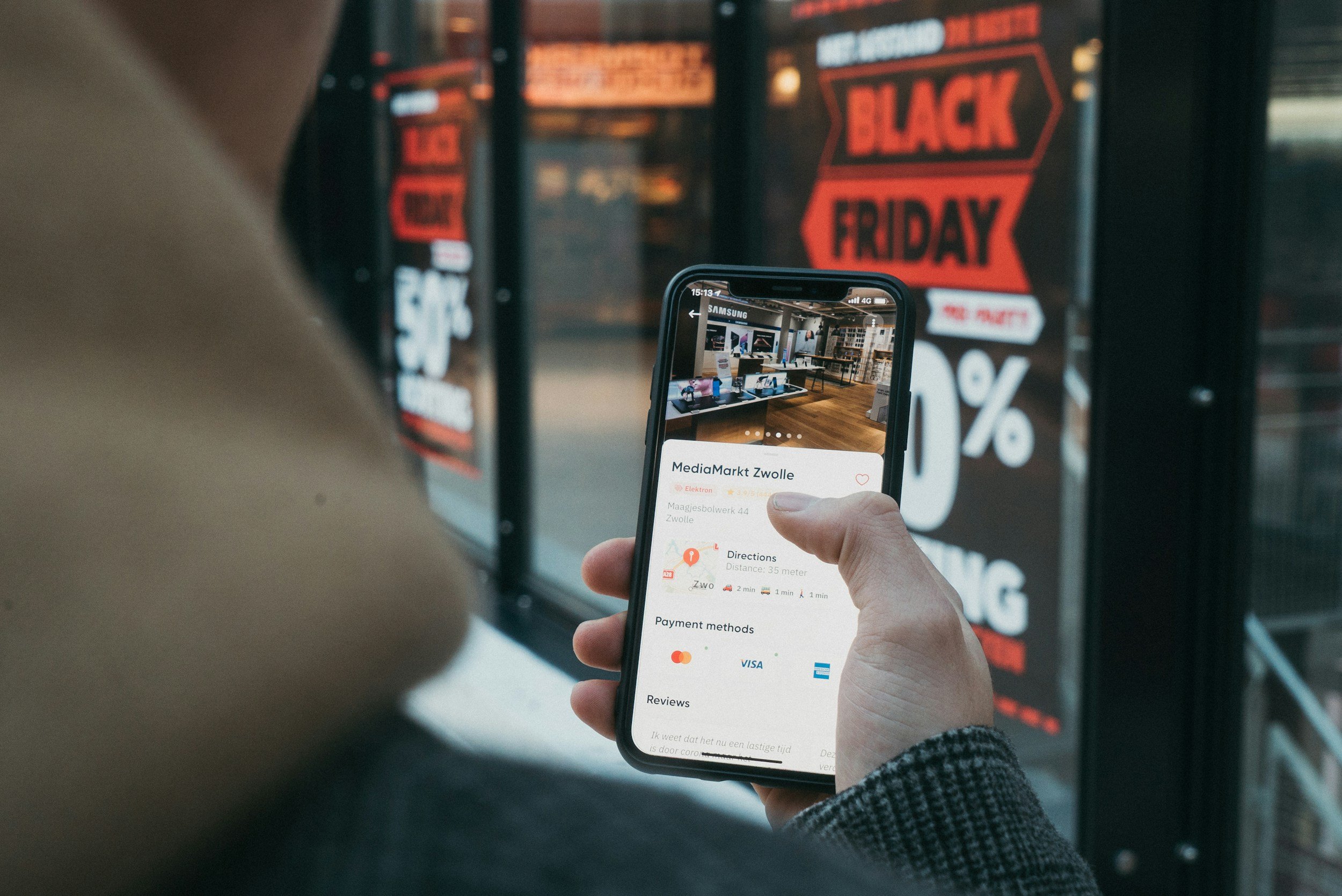news from the future

When half our money is spent online
What happens when half our money is spent online? What will it do to jobs, shops, and cities? Things looked bleak after 2008, but there is a long way to go.

#AskAFuturist: What is the future of the high street?
What is the future of the high street? The first step to building tomorrow's high street is accepting that the one we know is dead and gone.
3D printing might still change everything
3D printing still offers the potential for a revolution in the way we design, manufacture and buy goods. But it's not going to happen very soon.
Even giants fall
We have a sense that today's digital giants are unbeatable, but they are no more secure in their positions than the behemoths of old.
Travel and payments: two differences between British and German high streets
Travel shows us how differently change affects different markets. There is no single future, everyone is touched differently by waves of change
Future-Ready Retail: Report
Download the Future-Ready Retail report I created with Salesforce Commerce Cloud, then Demandware, for some great insight into the future of ecommerce and high street shopping.
- Future Car 4
- Future Communication 17
- Future Health 10
- Future Media 10
- Future Technology 16
- Future of Business 10
- Future of Cities 9
- Future of Education 7
- Future of Energy 8
- Future of Finance 19
- Future of Food 6
- Future of Housing 3
- Future of Humanity 22
- Future of Retail 9
- Future of Sport 1
- Future of Transport 9
- Future of Work 10
- Future society 11
- Futurism 20
- clippings 1
Archive Note
The archive of posts on this site has been somewhat condensed and edited, not always deliberately. This blog started all the way back in 2006 when working full time as a futurist was still a distant dream, and at one point numbered nearly 700 posts. There have been attempts to reduce replication, trim out some weaker posts, and tell more complete stories, but also some losses through multiple site moves - It has been hosted on Blogger, Wordpress, Medium, and now SquareSpace. The result is that dates and metadata on all the posts may not be accurate and many may be missing their original images.
You can search all of my posts through the search box, or click through some of the relevant categories. Purists can search my more complete archive here.
